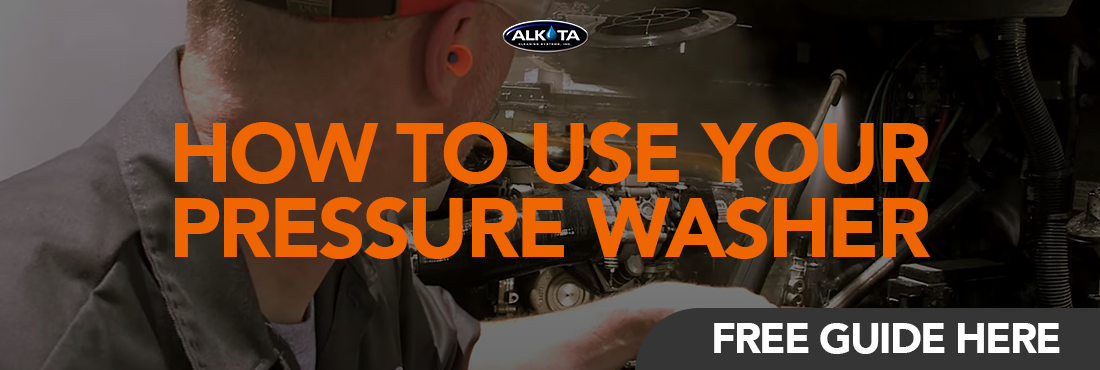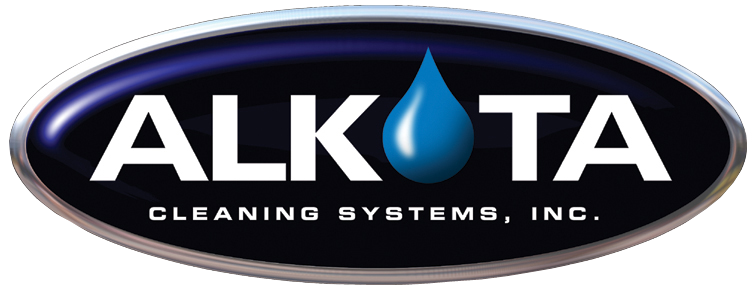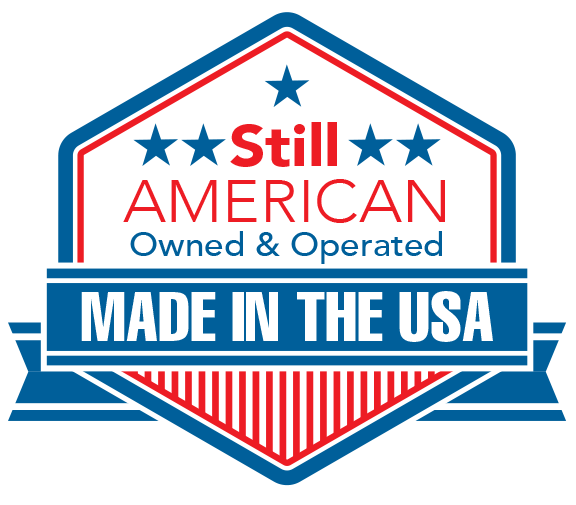The pressure washer pump, the heart of your pressure washer! Unfortunately, many of the most common problems you may encounter stem from this part. With many moving parts, there is a lot that can go wrong. This blog will explore the components that make up the pressure washer pump and how to diagnose and troubleshoot common issues.
The pump used in this explanation is a TSS1511 Tri-Piston Pump, but the same concepts and advice apply to most common pumps found on commercial or industrial pressure washers.
Main Parts of the Pump
The pump also has two main parts – the oil side and the brass side, where pressure is created.
Pressure Side of Pump (Brass)

The brass side of the pump comprises two sections; the Low-pressure side is where water enters the pump. The high-pressure side is where the water exits the pump.
Each side (low and high) has check valves and provides the same basic functions. The brass heads also contain ceramic plungers, oil seal, and plunger packings.
The tri-piston pump has three plungers and moves back and forth, creating the suction to draw in the water and then pushing the water out to the unloader, hose, wand, and nozzle, where the pressure is created.
Oil Side of Pump
You have the connecting rods on the oil side of the pump. You’ll also have a slotted dipstick to check your oil condition and levels and add oil if needed.
Signs of trouble
Discolored oil – murky and not clear. White or creamy-colored oil in the pump. Usually, this points to bad packings or a cracked or damaged ceramic plunger. If a plunger is cracked, it will allow water to seep back to the oil end of the pump.
Packings could also be your issue. The packing surrounds the plunger and keeps it from leaking. When packings start going bad, you may notice large chunks in your oil and dripping water from the pump head.
If you discover either of these issues, replace the plungers or the packings to avoid further damage to your pump.
Issue: Pump Clunking, Knocking Sounds
You’ll want to inspect the connecting rods if these sounds come from your pump. To do this, remove the head of the pump to reveal the plunger. If you are able to move the plunger back and forth, the oil end of your pump might be shot and need replacement.
Issue: Pump Making Chattering with low pressure.

When you get this combination of noise and lack of pressure, it’s like inspecting the check valves. Our tri-piston pump has a total of six check valves. Typically your bottom or inlet check valves will clog first.
To inspect a check valve, remove the check valve cap, then with a needle nose plier, you can remove the check valve. First, make sure the spring on the check valve is functioning correctly and not getting hung up, using a pick tool for this is helpful. You want to make sure you are getting a good seat.
Make sure you remove any debris and that there is no wear or damage in the check valve. If you see pitted metal, it is a sign you should replace the check valve asap.
When removing the check valve, note that there will also be an O-ring. Make sure to also inspect the o-ring for marks or damage, and replace it if wear is found.
—-
We hope you find these tips helpful when troubleshooting your pressure washer pump. Remember, if you need help or service, Alkota’s certified distributors are ready to lend a helping hand. Click here to contact your find your local Alkota service center.



